As we periodically do here at *The Institute we are featuring another in our series titled Captive Beauty where we showcase animals in captivity. We started this project sometime ago to show the beauty of animals that may be endangered or basically unavailable to you our readers to see first-hand in the wild.
This image was taken at one of our Green Moray eel repositories that are located throughout the contiguous United states and sometimes in Hawaii, but usually not Alaska and certainly not in Puerto Rico. Nor the Trust Territories which consists of the Marianas islands. They, the Marianas islands, have free-range Green Moray eels instead that live in the ocean right near the edge of the Marianas trench, one of the deepest and scariest places in the whole ocean to swim over. We advise if you do swim over it don’t look down. You cannot even begin to see the bottom. We mean it it’s scary.
These Green Moray eel repositories are water filled enclaves that feature animals and fish that you might never observe in the wild unless you frequent oceans and submerge yourself in the wetness of their general habitat. Some of you do that and consequently may have seen a Green Moray eel up close and personal. This is for the rest of you that don’t do that but are somewhat curious about what it would be like if you did.
As you can see they are green and have the most startling blue eyes you might ever come across when observing eels in general. Most eels have eyes that are small and squinty yet unremarkable but as you can see not the Green Moray eel. Those peepers are blue. If you get a chance go see a Green Moray eel. They are truly beautiful creatures. We know they would appreciate it and you might enjoy it yourself.
If you would like to see other animals that have been featured in our Captive Beauty series simply type in Captive Beauty in the search box at the top of the page.
* Note: For those of you unfamiliar with The Institute and what it does, please see the page labeled The Institute on the Menu Bar above. That should explain everything. You shouldn’t have one single question remaining regarding The Institute after reading it. None. For those of you favored few who already know about the Institute, Nevermind. Return to your daily activities. Thank you for your support.

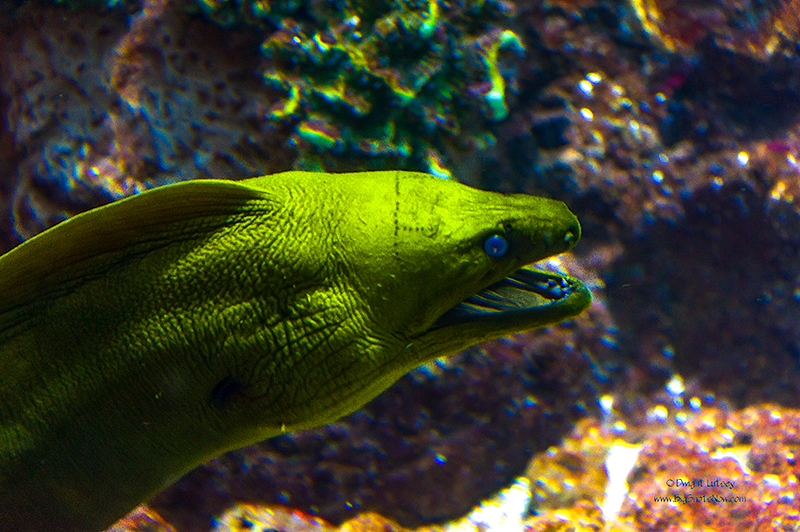
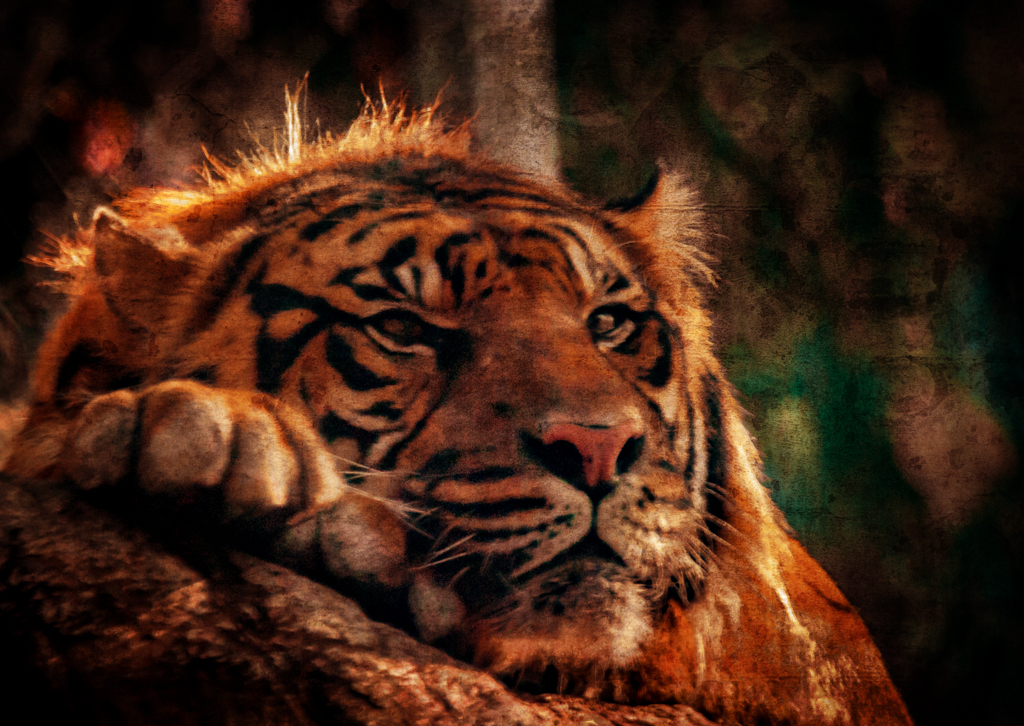

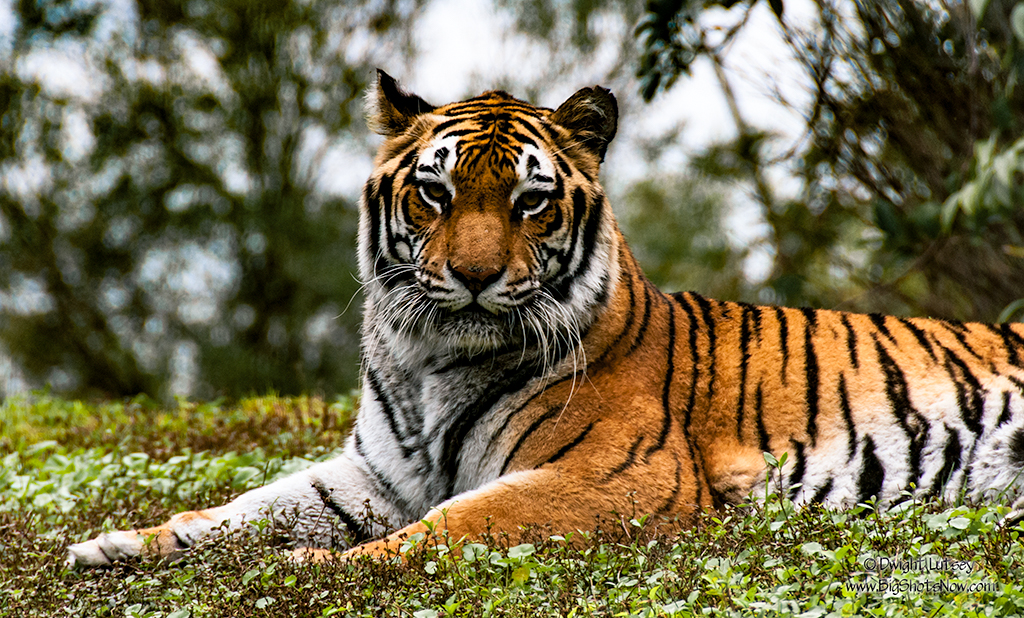
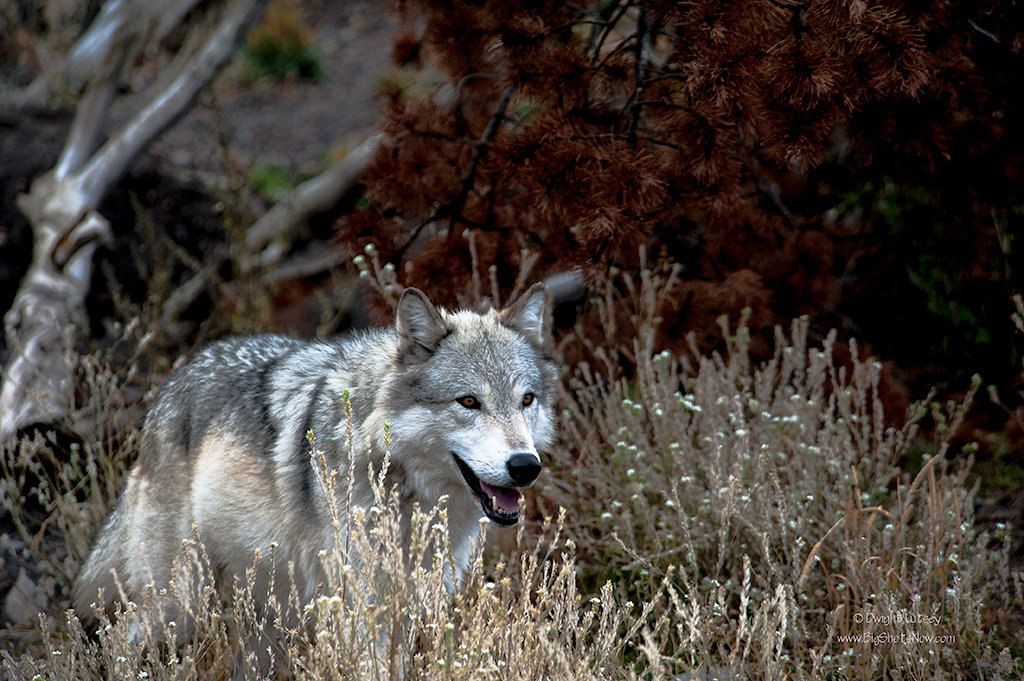
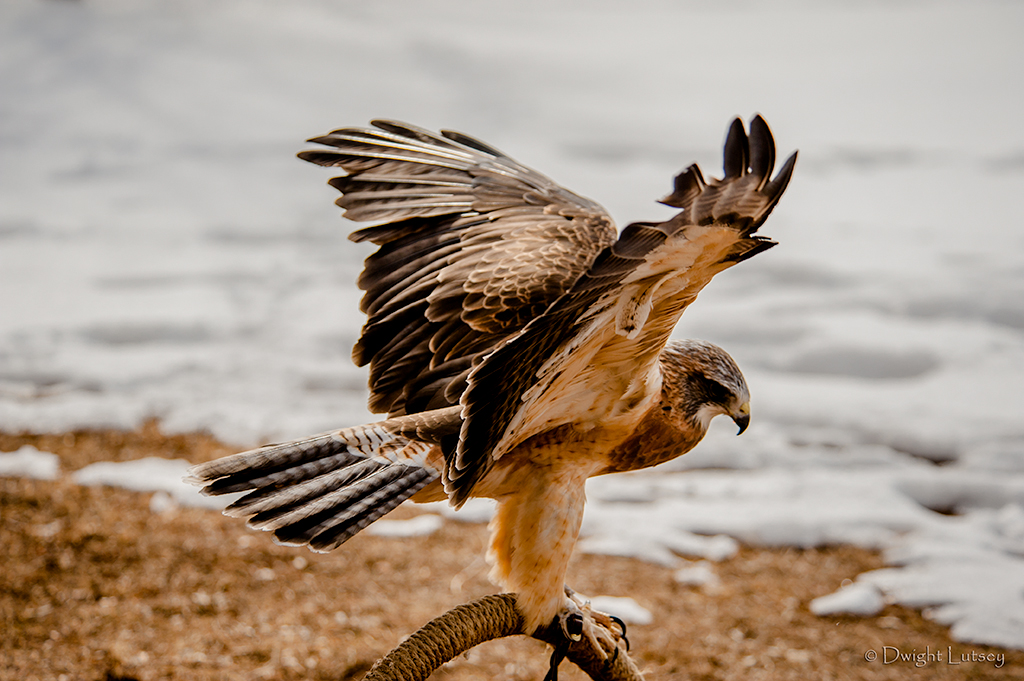
You must be logged in to post a comment.